Chemistry Year 7
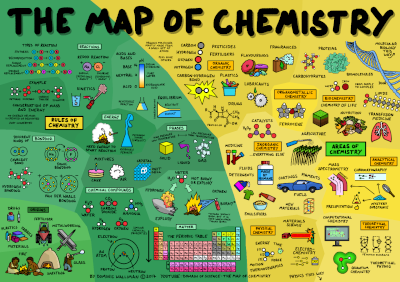
Fascination
- Chemical reaction
Energy in chemical reactions - Law of conservation of mass
- Reactions of non-metals and of metals with oxygen, oxidation, word equation
- Compound, metal and non-metal oxides, reactant, product

Periodic Table
- Chemical symbols
Atomic structure: core-shell model (proton,
neutron, electron) - Model of the structured atomic shell, electron notation according to Lewis
- Material and particle-related ordering principles

Gases
- Properties, use and detection methods of oxygen, hydrogen and carbon dioxide
- Constituents of the air
Atomic bond/electron pair bond/octet rule - Molecules, Lewis structural formula

Water
- Properties of water
Water as a solvent - Quantitative analysis of water
- Formation and decomposition of water as
Example of the reversibility of chemical reactions - Reaction equation
Molecular structure - Electronegativity, polar electron pair bonding, dipole
Chemistry Year 8
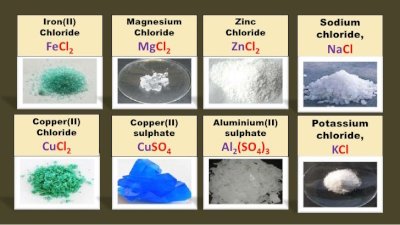
Salts
- Ion – ion formation
- Ionic substances (salts), formation, occurrence and use
- Structure and properties (ionic crystals, crystal lattice) – ionic bond,
- Molecular Formula/Value
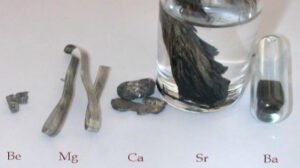
Metals
- Properties and use of metals and their alloys
- Extraction
- Precious and base metals
- Structure of metals (electron gas model)
- Reaction equations
- Reduction and redox reaction
- Affinity of metals for oxygen
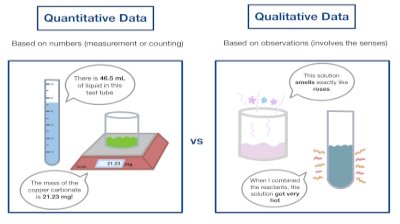
Quantitative
- Amount of substance
Atomic mass and molar mass - Stoichiometric calculation (mass,
amount of substance and molar mass) - Mass calculations in chemical reactions
- Substance concentration of aqueous solutions
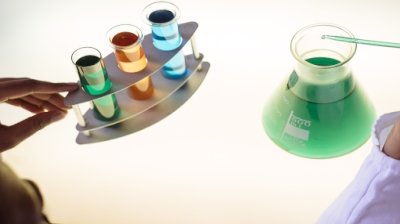
Acids & Bases
- Indicators – Aids for detecting and distinguishing acid, neutral and basic (alkaline) solutions
- pH value measure for the acid, neutral or basic character of a solution
- Acid-base concept
- Formation of acidic and alkaline solutions
- Neutralization reaction
